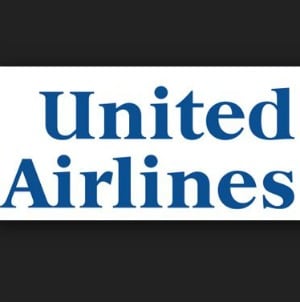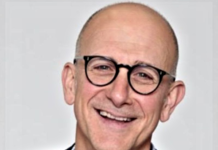
(By Deborah Parenti) A week later, the United debacle has continued to spread its wings, with panel discussions, analyses, and commentaries featured as part of this weekend’s news programs on cable and broadcast networks. And now that the lawyering-up has begun, we can expect this will not subside anytime soon.
Beyond the shock and fascination of seeing the incident played out on television screens and in social media over and over again, two very specific and compelling factors have enhanced the level of interest in this drama. To many who are frequent flyers, “It could have been me.” And for those who run companies or manage its communications, “It could have been us.”
In part three of our four-part This Is Your Captain, We Have A Situation series, Lisa Dollinger, CEO of Dollinger Strategic Communication, weighs in with a blueprint of what went wrong and how to better handle these situations.
“The United public relations disaster continues to play out in the headlines and across social media, as new facts come to light and the company tries to mitigate the self-inflicted damage with new statements and media appearances. But one thing is indisputable: United’s response to this crisis was an epic fail. The business ramifications and damage to the brand will also play out over time, but at this point, the company has seen its stock price take a dive (though it was trading up a bit later), along with more than $500 million of the company’s market value. And the lawyering-up has begun.
United will continue to pay for its mishandling of this situation at virtually every level. So what went wrong with the company’s response to this event and what could have been done better? United CEO Oscar Munoz mishandled the company’s response, issued a full day after the incident occurred, after the news and social media frenzy was well underway. The first rule of crisis management is to respond quickly, so that was United’s first communications misstep. Add to that the company’s less than heartfelt tone, off-base “corporate-speak” messaging, and finger-pointing (Munoz initially called the bumped passenger “disruptive and belligerent”), and that set the communications fallout spiraling fully out of control. In fairness, it’s dicey to issue statements before all the facts are in and often holding statements are needed while the facts are being gathered – but in this case, a picture said a thousand words or more, and time was not a luxury United had. A real apology should have been given, and given immediately after the incident. Someone was hurt on their airplane. They should be sorry about that, at the very least.
The video of the passenger being dragged off the plane, bloody and screaming, by three airport security officials is painful to watch and its immediate ubiquity on social and traditional media demanded a quicker, more empathetic, more human response. The company’s initial response (a public response and an internal memo to employees) was broadly interpreted as callous, heartless, arrogant, and just plain stupid. And if that weren’t enough, ignoring negative social media feedback means they will be associated with this forever. At this point, and into the future, United must engage with its employees, customers, and other stakeholders in truly meaningful ways and rebuild its credibility and image not only by being smarter, but by being better, reevaluating its company policies and procedures, and instilling some humanity and common sense in its operations. Because in the end, it’s not what you say, it’s what you do that defines a brand’s identity and reputation and builds trust, respect, and loyalty.
United has a lot of work to do. In terms of United’s response to the social media feeding frenzy that continues, the company needs to take a long-term approach to using social media to rebuild trust by showing audiences on an ongoing basis how they are changing and working to prevent this from happening again. Facebook, Twitter, Instagram, Pinterest, et al., are powerful tools for rebuilding their brand equity and customer loyalty by proactively engaging audiences and encouraging conversation in real-time. Importantly, they must listen to their customers, employees, and others through social media and make those insights central to their communications plans moving forward.
As the consumer backlash rages against the corporate machine, United cannot try to appear caring and human by tactics designed to “humanize” their image, they must actually be human through humane actions and that starts with the way they treat their employees, potentially their greatest brand ambassadors. In other words, they can’t just say they are different, they have to be different and show it in a variety of ways through transparency and honest and open communication with all of their stakeholders. Humanity, humility, and open communication will go a long way toward rehabilitating United’s badly damaged reputation and brand. And those qualities, not so coincidentally, are the keys to great radio.”
Lisa Dollinger is the CEO of Dollinger Strategic Communication. She can be reached at [email protected]. Deborah Parenti is Publisher of Radio Ink and can be reached at [email protected].
Read Part One HERE
Read Part Two HERE





